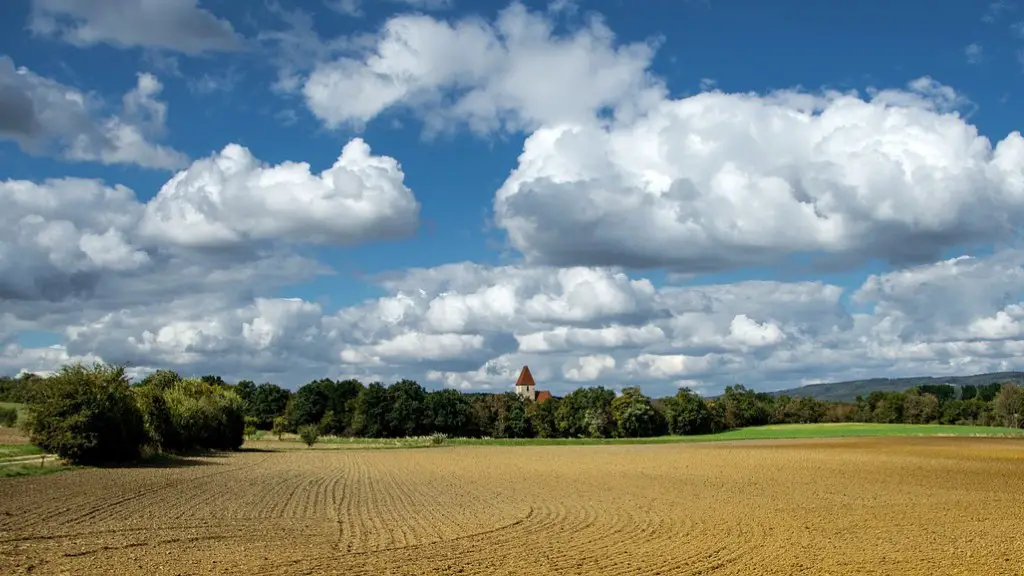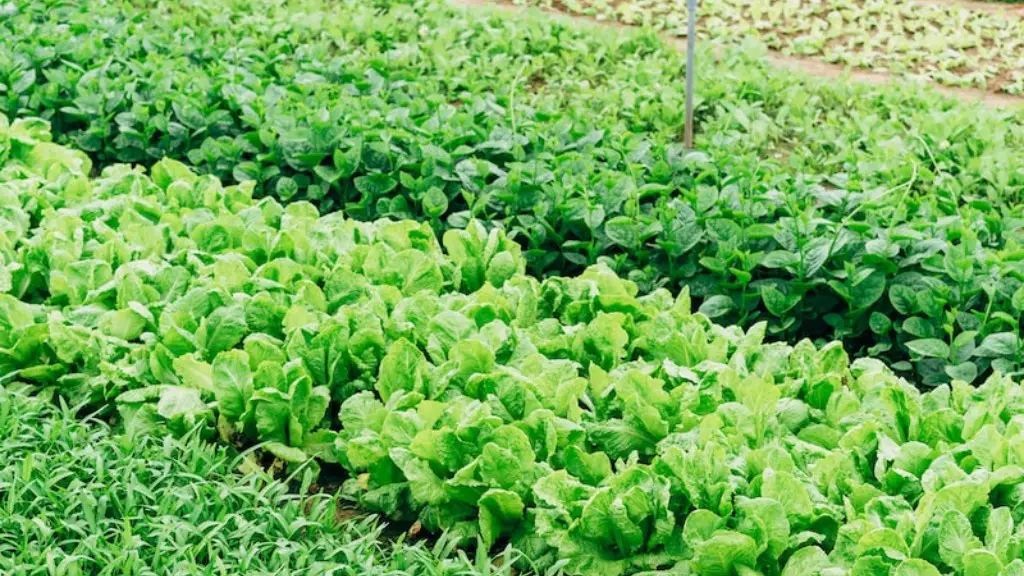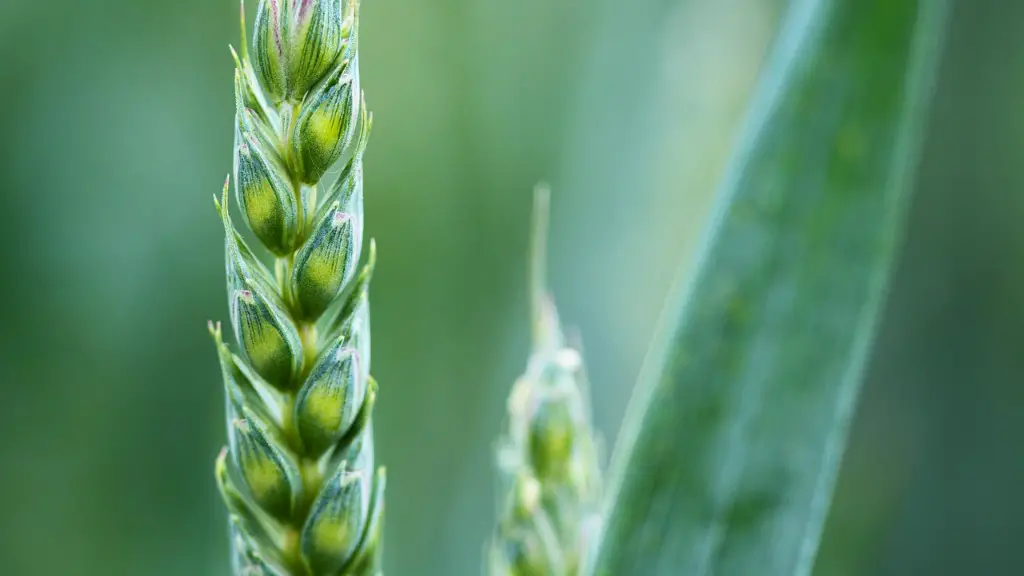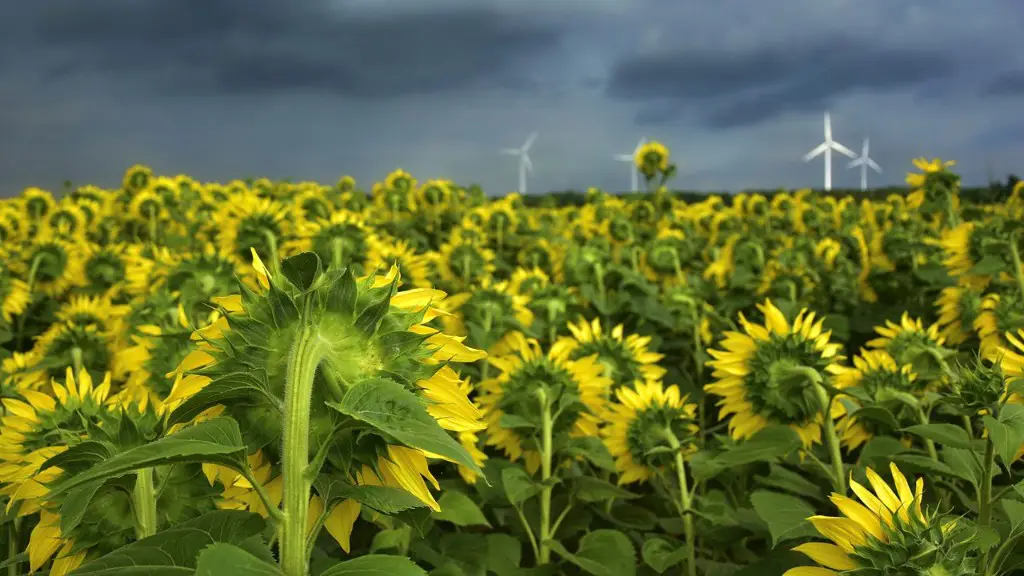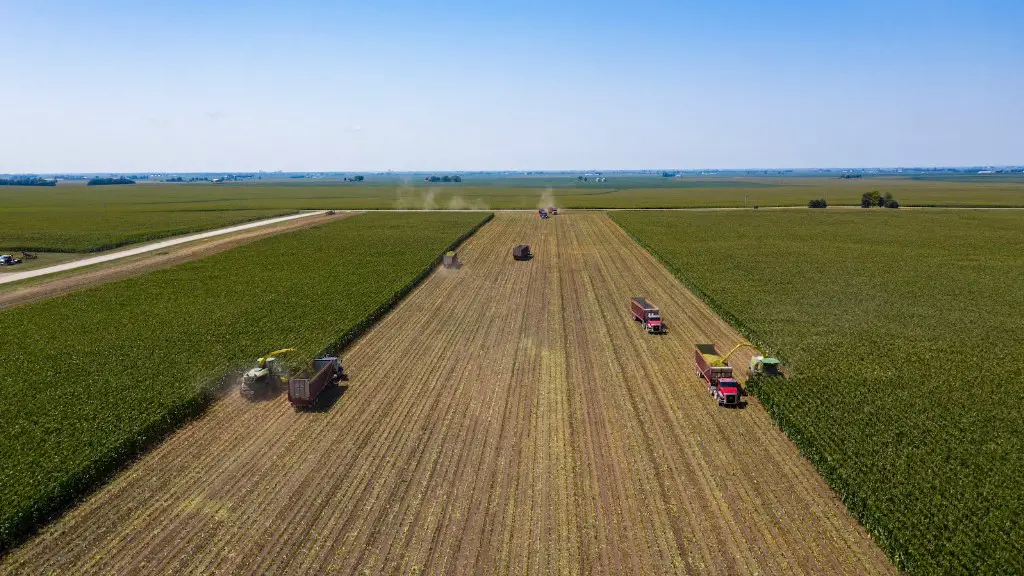Agriculture is thought to have originated in several places around the world, including the Middle East, Southeast Asia, China, and the Andes. The first farmers cultivated crops like wheat, rice, and barley and raised livestock like sheep, goats, and pigs. Over time, they developed new techniques for irrigation, crop rotation, and animal husbandry. Today, agriculture is a vital part of many cultures and continues to play a significant role in the global economy.
According to archaeological evidence, agriculture first started in the Fertile Crescent region of the Middle East. This region is known for its high levels of rainfall and fertile soil, which made it an ideal place for early farmers to plant and cultivate crops.
When and where did agriculture begin?
The Zagros Mountain range, which lies at the border between Iran and Iraq, was home to some of the world’s earliest farmers. Sometime around 12,000 years ago, our hunter-gatherer ancestors began trying their hand at farming. The early farmers of the Zagros region were able to domesticate a number of plants and animals, and they developed new technologies for irrigation and crop cultivation. The Zagros Mountains were a key region in the development of early agriculture, and they continue to be an important agricultural area today.
The Egyptians were among the first peoples to practice agriculture on a large scale. This was made possible with the development of basin irrigation, which allowed them to grow crops in the dry climate of the Nile Valley. The Egyptian agricultural system was highly efficient, and it allowed the country to thrive even in times of drought.
How did agriculture first start
Today, agricultural communities are still a vital part of human society, providing food and other resources for people all over the world. Though the methods and technologies used to farm have changed and evolved over time, the basic goal of producing food and other materials for people to use remains the same.
It is believed that agriculture arose independently in at least three different regions of the world: South America, Mesoamerica, and eastern North America. Each region had its own unique conditions that led to the development of agriculture. For example, the climate in Mesoamerica was conducive to the growth of certain crops, such as maize. The soil in South America was also very fertile, which allowed for the growth of plants like potatoes. In eastern North America, the Native Americans had access to a variety of plant and animal resources that they could use for food.
Where is the birthplace of agriculture?
Agriculture first began in the Fertile Crescent, a region of the Near East including parts of modern-day Iraq, Syria, Lebanon, Israel, and Jordan. This region has a long history of agriculture, dating back to the early days of human civilization. Agriculture allowed for the domestication of plants and animals, which led to the development of civilizations. The Fertile Crescent was an important center of agriculture for many centuries, and it continues to be an important agricultural region today.
Agriculture was developed at least 10,000 years ago, and it has undergone significant developments since the time of the earliest cultivation. Agriculture allowed for the domestication of plants and animals, which led to the development of civilizations. Agriculture has played a major role in human history, and it continues to do so today.
Who was the first farmers on earth?
The findings of a new study, however, challenge this view. The study shows that the first farmers actually represented a mixture of Ice Age hunter-gatherer groups, spread from the Near East all the way to south-eastern Europe.
The study analyzed the genomes of 83 ancient farmers and found that they were a mix of different populations. This suggests that the transition to agriculture was a complex process, involving the spread of people and ideas across a wide area.
The findings could have important implications for our understanding of the origins of agriculture. If the transition to agriculture was more complex than previously thought, it may have taken place over a longer period of time, and in different ways in different parts of the world.
The Tigris and Euphrates rivers have long been a key location for human settlement and agricultural production. The regular flooding of these rivers results in highly fertile soils, making them ideal for growing crops. This has made the region a prime spot for the Neolithic Revolution, which began around 12,000 years ago. This period saw the development of early farming and domestication of plants and animals, which led to the emergence of civilizations in the region. Today, the Tigris and Euphrates rivers remain an important agricultural area, producing food for millions of people.
What was the first type of agriculture
Farming began c 10,000 BC on land that became known as the FERTILE CRESCENT. Hunter-gatherers, who had traveled to the area in search of food, began to harvest (gather) wild grains they found growing there. They scattered spare grains on the ground to grow more food.
Agriculture is an ancient practice that began independently in both North and South America. It is believed that agriculture began in these regions around 10,000 years ago, which is around the same time that humans first arrived in the Americas. Agriculture allowed humans to settle in these regions and helped to support the growing populations. Today, agriculture is still an important part of both North and South America, providing food and livelihoods for many people.
What part of the US is known for agriculture?
The top 10 agriculture-producing States in terms of cash receipts in calendar year 2021 were (in descending order): California, Iowa, Nebraska, Texas, Minnesota, Illinois, Kansas, Indiana, North Carolina, and Wisconsin. These states collectively produced over $332 billion in agricultural products, accounting for nearly two-thirds of the total value of agricultural production in the United States. California, the leading agriculture-producing state, generated over $52 billion in cash receipts from agricultural products, more than any other state.
Around 39% of India’s total food grain production is from these 3 states. Uttar Pradesh contributed 1889% of the total food grain production in India. Madhya Pradesh contributed 1036% of the total food grain production in India. Punjab contributed 965% of the total food grain production in India.
How did early humans start farming
When the climate started changing, people started observing places where they could find edible plants like seeds and plants. They started growing their own plants and thus became farmers. Farmers play an important role in the food system as they provide us with the food we need to survive.
Lentils have been important throughout human history, playing a role in the development of many societies. Today, we enjoy them in soups, stews, and salads, but in ancient times, they were a staple food that helped people survive and thrive. Lentils are a good source of protein, fiber, and essential nutrients, making them an essential part of a healthy diet. We are fortunate to have access to this healthy and delicious food, and we should appreciate the role that lentils have played in human history.
Who were the first farmers in America?
It is believed that Native Americans began farming domesticated crops in the Eastern Woodlands region around 700 BC. These crops included corn, beans, and squash. Around 1100-1300 AD, Native Americans in the Great Plains region began to farm crops such as sunflowers, tobacco, and pumpkins. And in the American Southwest, Native Americans were farming crops such as wheat, barley, and melons by around 1200 AD.
The ancient Near East, which includes the historical region of the Fertile Crescent, is generally seen as the birthplace of agriculture. The first agricultural evidence comes from the Levant, from where it spread to Mesopotamia. This enabled the rise of large-scale cities and empires in the region.
Conclusion
The origins of agriculture can be traced back to a time when people first began to domesticate plants and animals. Agriculture first began in the Fertile Crescent, a region in the Middle East that includes the countries of Iraq, Iran, Syria, and Turkey.
It is not certain where agriculture first started, but historians believe it was most likely in the Fertile Crescent region of the Middle East. This region had the perfect combination of factors that allowed agriculture to thrive, including a warm climate, ample rainfall, and rich soils. Agriculture allowed humans to settle in one place and form civilizations, which led to the development of culture and technology.
